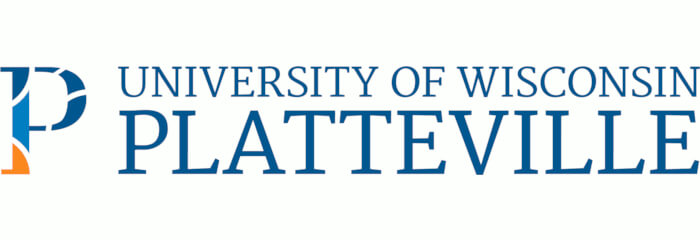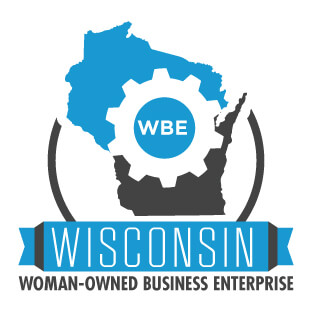“The thing I hate about an argument is that it always interrupts a discussion.” G.K. Chesterton
There may be times that an open conflict will occur in a meeting that you are facilitating.
There is nothing wrong with conflict in and of itself. Conflict is simply a difference in perspective or opinion, which can enrich a conversation and lead to creative solutions.
The difficulty occurs when someone feels personally attacked or disrespected. An anonymous author once said that: “10% of conflicts are due to a difference in opinion. 90% are due to the wrong tone of voice.” That 90% will get you every time!
For example:
I was given the responsibility for auditing the personnel offices of all state agencies to determine their compliance with state statutes and approved personnel policies and procedures.
There were two stumbling blocks. First, the state agency personnel offices differed greatly in terms of staffing and functions performed.
Second, there was no requirement that the agencies cooperate with the audits and comply with the findings and recommendations.
To gain their support and find an equitable solution, I created a task force that included representatives from the state personnel department and agencies of different sizes. The charge was to identify what the audit standards should be.
Everyone thought I was crazy. They claimed there was no way that we would be able to come up with standards that were relevant and fair to all concerned.
I went ahead with the task force anyway. The agenda involved identifying the primary focus for the audits and determining the best way to identify the audit standards.
Early during the first meeting, two elder statesmen began sniping at each other. Unfortunately, they represented the two entities most critical to the task force’s success.
One represented the state personnel department that created and administered the personnel policies and procedures. The other represented the university, which had the largest personnel office and had “suffered” under many of those policies for years.
They got angrier and their argument grew louder. I had no choice. I needed to intervene.
I immediately called a break, with the hope that the men would cool down and be able to have a more professional interaction when we reconvened. As the major players, it was essential that the entities they represented participate and cooperate. Unless I could help them focus on their similarities instead of their differences, the task force would be dead in the water.
When we returned to the meeting, I reminded the task force members of the operating guidelines that they had established at the beginning of the meeting. These guidelines included having a constructive dialogue and treating each other with respect.
I pointed out that we had not convened to try to resolve historical conflicts between the state personnel department and individual agencies. Instead, we needed to focus on our charge: to establish fair and equitable personnel management audit standards.
I asked the task force members to identify the key objectives of any personnel office, regardless of its size. All the members quickly proposed the same objectives: to recruit, retain, develop, compensate, and reward a high performing and diverse workforce that would achieve the mission, vision, and goals of the agency.
They agreed that the audit should only review personnel policies and procedures that had a direct impact on the achievement of those objectives. They decided to form two subcommittees to propose the audit standards, one for classification and compensation and the other for recruitment and selection. We were able to accomplish the agenda for that meeting.
It can be very uncomfortable during a meeting when participants start to take potshots at each other. If you are the meeting facilitator, you will want to calm emotions and resolve or table the conflict as quickly as possible. You do not want the other meeting participants to start to take sides with the combatants. Taking a break is a wise choice.
When you reconvene, it helps to be able to refer to mutually established meeting guidelines that outline how differences of opinion will be handled and how decisions will be made.
It also helps to be able to focus the conversation on an agenda that clearly identifies the overall objective and the specific decisions that need to be made during the meeting. It makes a powerful difference to the mood of a meeting when the meeting participants realize they have mutual interests and goals. This naturally motivates them to cooperate and collaborate with each other.
Think back to a conflict that occurred during a meeting you either facilitated or participated in. Would taking these conflict abatement actions have made a positive difference?
May your learning be safe and sweet.
Deborah
#managingconflictinmeetings #meetingmanagement





